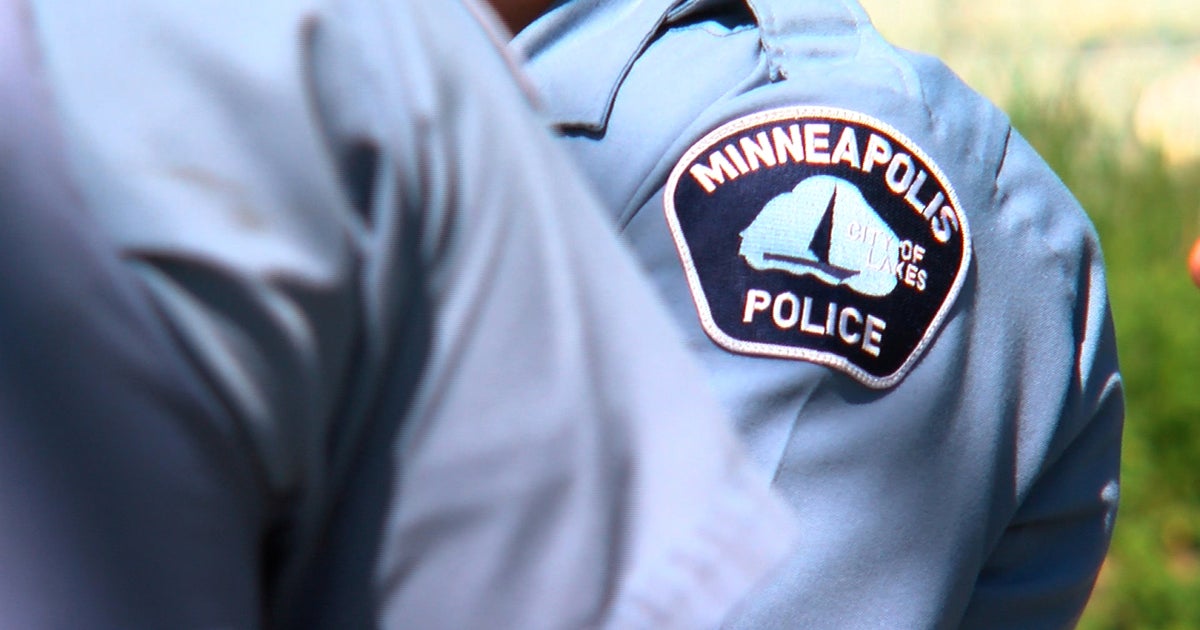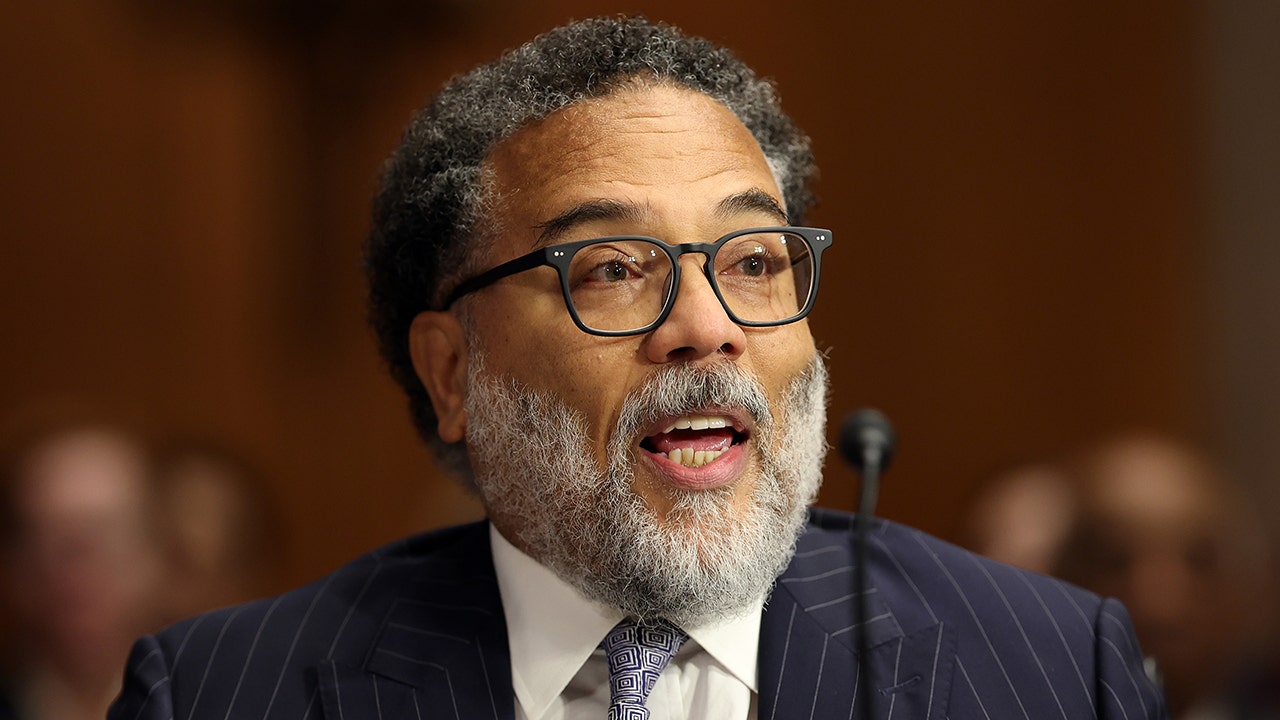Education
Court Sides With Catholic School That Fired Unmarried Pregnant Teacher

The New Jersey Supreme Court sided on Monday with a Catholic elementary school that fired an unmarried art teacher who was pregnant, ending a long legal battle that had drawn national attention at a time of fierce debate over religious freedom and the separation of church and state.
The school, St. Theresa’s in Kenilworth, N.J., fired the teacher, Victoria Crisitello, in 2014, saying she had violated the school’s code of ethics by having premarital sex, according to court documents.
Ms. Crisitello sued, citing the state’s Law Against Discrimination, which prohibits employment discrimination based on pregnancy and marital status. The lawsuit was passed back and forth between state trial and appellate courts for years before the state Supreme Court agreed to hear the case.
In its decision on Monday, the court found that the firing was protected under a religious exception to the anti-discrimination law. The law allows St. Theresa’s, as a religious employer, to require its employees to abide by the rules of the Catholic Church, the court said.
A lawyer representing the school, Peter G. Verniero, applauded the decision, which he said “upheld the rights of religious employers to act consistent with their religious tenets.”
Ms. Crisitello’s lawyer, Thomas A. McKinney, said he was disappointed and noted that the decision would affect not only religious schools, but “all different types of religious entities that employ people,” including hospitals.
“If a woman is pregnant and unmarried and working at a Catholic hospital, she can be terminated,” he said. “Our biggest issue always with this case was that you have a policy that’s only being implemented against unmarried pregnant women.”
St. Theresa’s School first hired Ms. Crisitello, a former student, as a part-time toddler caregiver in 2011, according to court documents. Ms. Crisitello signed an agreement at the time that required employees to abide by the teachings of the Catholic Church.
In 2014, the school principal offered her a full-time job as an art teacher, court records show. Ms. Crisitello said she was interested, but requested a raise and explained that she was pregnant.
She did not expect the school to take issue with her pregnancy, Mr. McKinney said. But a few weeks later, the school fired Ms. Crisitello, who was engaged to be married, for violating the terms of her employment agreement by having premarital sex, according to court records.
Ms. Crisitello, who wore an engagement ring but did not talk about her marital status at work, was shocked and “devastated” when she was terminated from a job she enjoyed, Mr. McKinney said.
The decision on Monday comes after several U.S. Supreme Court decisions in favor of religious rights, including a 2020 decision that ruled that federal employment discrimination laws do not apply to lay teachers at church-run schools.
Katherine Franke, a Columbia Law School professor who specializes in religious liberty law and nondiscrimination law, said the decision was unsurprising because New Jersey’s anti-discrimination law grants unusually broad exceptions to religious employers, compared with federal law and laws in other states.
Still, Ms. Franke said, the ruling is significant and could inspire New Jersey lawmakers to narrow the law.
“We’re in a period where religious organizations are trying to push the boundaries of what it means for them to be exempt from laws that apply to all the rest of us,” she said. She added that some employers that are “not traditionally understood as religious entities” might view the decision as a “green light” to discriminate against L.G.B.T.Q. employees and those in interfaith marriages as well as those are who are pregnant out of wedlock.
Alexander Shalom, director of Supreme Court advocacy at the American Civil Liberties Union of New Jersey, called the ruling disappointing.
“While we recognize that the United States Supreme Court’s prior decisions provide broad latitude to religious employers regarding hiring and firing,” he said, “we believe the N.J. Supreme Court could have, and should have, held that a second-grade art teacher was entitled to the protections of the Law Against Discrimination.”
Mr. McKinney said that Ms. Crisitello, who no longer works as a teacher, did not intend to appeal her case further, because of the U.S. Supreme Court’s record on similar issues and because the Supreme Court does not review questions of state law.

Education
Video: Several Killed in Wisconsin School Shooting, Including Juvenile Suspect

new video loaded: Several Killed in Wisconsin School Shooting, Including Juvenile Suspect
transcript
transcript
Several Killed in Wisconsin School Shooting, Including Juvenile Suspect
The police responded to a shooting at a private Christian school in Madison, Wis., on Monday.
-
Around 10:57 a.m., our officers were responding to a call of an active shooter at the Abundant Life Christian School here in Madison. When officers arrived, they found multiple victims suffering from gunshot wounds. Officers located a juvenile who they believe was responsible for this deceased in the building. I’m feeling a little dismayed now, so close to Christmas. Every child, every person in that building is a victim and will be a victim forever. These types of trauma don’t just go away.
Recent episodes in Guns & Gun Violence
Education
Video: Biden Apologizes for U.S. Mistreatment of Native American Children

new video loaded: Biden Apologizes for U.S. Mistreatment of Native American Children
transcript
transcript
Biden Apologizes for U.S. Mistreatment of Native American Children
President Biden offered a formal apology on Friday on behalf of the U.S. government for the abuse of Native American children from the early 1800s to the late 1960s.
-
The Federal government has never, never formally apologized for what happened until today. I formally apologize. It’s long, long, long overdue. Quite frankly, there’s no excuse that this apology took 50 years to make. I know no apology can or will make up for what was lost during the darkness of the federal boarding school policy. But today, we’re finally moving forward into the light.
Recent episodes in Politics
Education
Video: Los Angeles Bus Hijacked at Gunpoint

new video loaded: Los Angeles Bus Hijacked at Gunpoint
transcript
transcript
Los Angeles Bus Hijacked at Gunpoint
The person suspected of hijacking a bus which killed one person, was taken into custody after an hourlong pursuit by the Los Angeles Police Department early Wednesday morning.
-
“Get him.”
Recent episodes in Guns & Gun Violence
-

 Business7 days ago
Business7 days agoThese are the top 7 issues facing the struggling restaurant industry in 2025
-

 Culture7 days ago
Culture7 days agoThe 25 worst losses in college football history, including Baylor’s 2024 entry at Colorado
-

 Sports6 days ago
Sports6 days agoThe top out-of-contract players available as free transfers: Kimmich, De Bruyne, Van Dijk…
-

 Politics5 days ago
Politics5 days agoNew Orleans attacker had 'remote detonator' for explosives in French Quarter, Biden says
-

 Politics5 days ago
Politics5 days agoCarter's judicial picks reshaped the federal bench across the country
-

 Politics3 days ago
Politics3 days agoWho Are the Recipients of the Presidential Medal of Freedom?
-

 Health2 days ago
Health2 days agoOzempic ‘microdosing’ is the new weight-loss trend: Should you try it?
-

 World7 days ago
World7 days agoIvory Coast says French troops to leave country after decades














